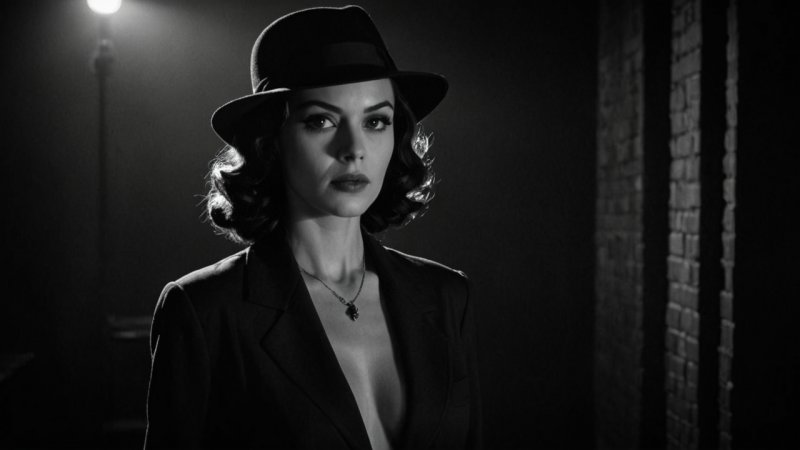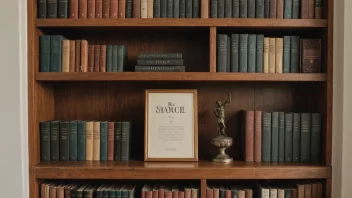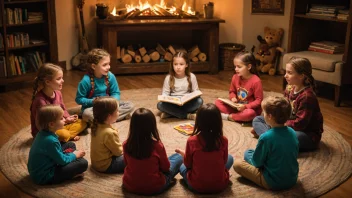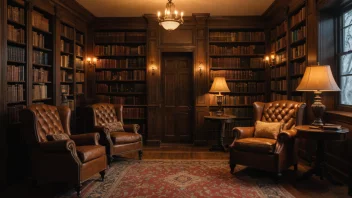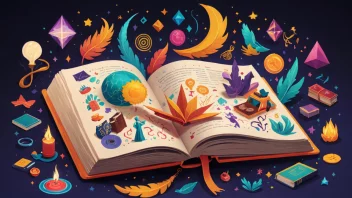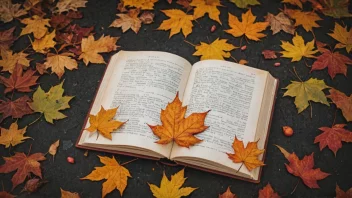The femme fatale is a captivating figure in mystery literature, often embodying allure and danger in equal measure. This archetype has fascinated readers for generations, drawing them into intricate plots where seduction and deception intertwine. From classic novels to contemporary thrillers, the femme fatale remains a powerful symbol of femininity, complexity, and moral ambiguity. In this article, we will explore five notable examples of the femme fatale across different eras and styles, shedding light on how this archetype shapes narratives and engages readers.
1. Patricia Highsmith's Tom Ripley Series
In Patricia Highsmith's gripping Tom Ripley series, the femme fatale is not always a woman; rather, it is the character of Tom Ripley himself who embodies the qualities of seduction and manipulation. Ripley's charm and ruthlessness make him a modern-day femme fatale, captivating readers with his moral flexibility and sinister intentions. Highsmith's exploration of identity and desire highlights the complexity of the femme fatale archetype, challenging traditional gender roles and expectations.
2. Gillian Flynn's Gone Girl
In contemporary thriller literature, Gillian Flynn's Gone Girl presents Amy Dunne as a quintessential modern femme fatale. As a character, Amy is a master of manipulation, using her intelligence and beauty to construct a façade that keeps readers guessing. Flynn's portrayal of Amy critiques societal expectations of women and marriage, showcasing the lengths to which one might go to reclaim agency and power. This narrative twist not only highlights the femme fatale's cunning but also reflects deeper themes of betrayal and identity.
3. James M. Cain's The Postman Always Rings Twice
James M. Cain's classic noir novel The Postman Always Rings Twice features Cora Smith, a quintessential femme fatale who lures men into her dangerous web. Cora’s passionate nature and willingness to resort to violence in pursuit of her desires exemplify the darker aspects of the archetype. Cain’s narrative is steeped in moral ambiguity, where love, lust, and betrayal intertwine, revealing the complexities of human relationships and the often tragic consequences of desire.
4. Daphne du Maurier's Rebecca
Daphne du Maurier's Rebecca introduces the haunting figure of the deceased Rebecca de Winter, whose presence looms large over the narrative. While Rebecca is never physically present, her influence and legacy create an atmosphere of intrigue and suspense. The unnamed narrator's obsession with Rebecca reveals how the femme fatale can exist as an idea rather than a tangible character, illustrating how the archetype can shape narratives through absence and memory. Du Maurier’s exploration of jealousy, identity, and the impact of past actions speaks to the enduring power of the femme fatale in literature.
5. Sarah Waters' Fingersmith
In Sarah Waters' Fingersmith, the femme fatale is represented by Sue Trinder, who becomes embroiled in a plot of deception and betrayal. Waters skillfully weaves themes of class, sexuality, and identity into her narrative, showcasing how the femme fatale can transcend traditional boundaries. As the story unfolds, Sue's character challenges the expectations associated with the archetype, revealing depth and complexity that resonates with readers. Waters’ novel exemplifies how the femme fatale remains relevant in exploring contemporary issues while remaining deeply rooted in historical context.
In conclusion, the femme fatale archetype continues to captivate readers and inspire authors across genres. From Patricia Highsmith's morally ambiguous characters to Gillian Flynn's modern critiques of marriage, the femme fatale embodies complexity and allure. Through these five examples, we see how the archetype evolves, reflecting societal changes and deepening our understanding of feminine power and agency. As we explore these narratives, we are reminded of the enduring allure of the femme fatale in mystery literature, challenging us to consider the layers of motivation and morality that drive these intriguing characters.
